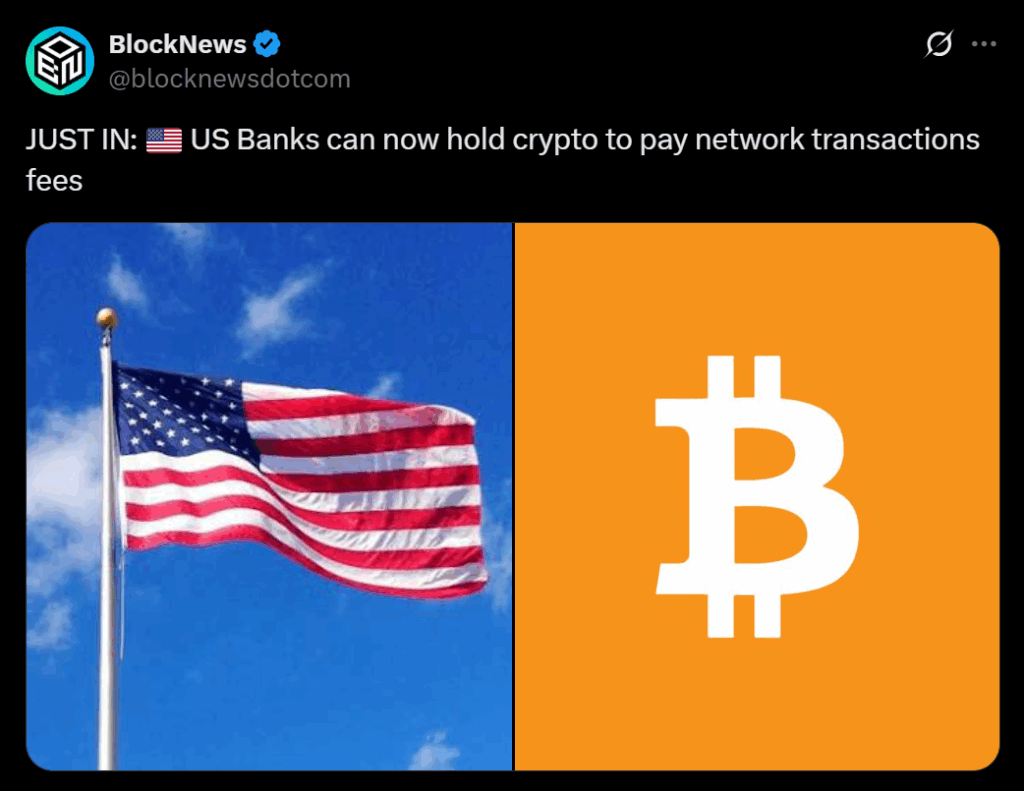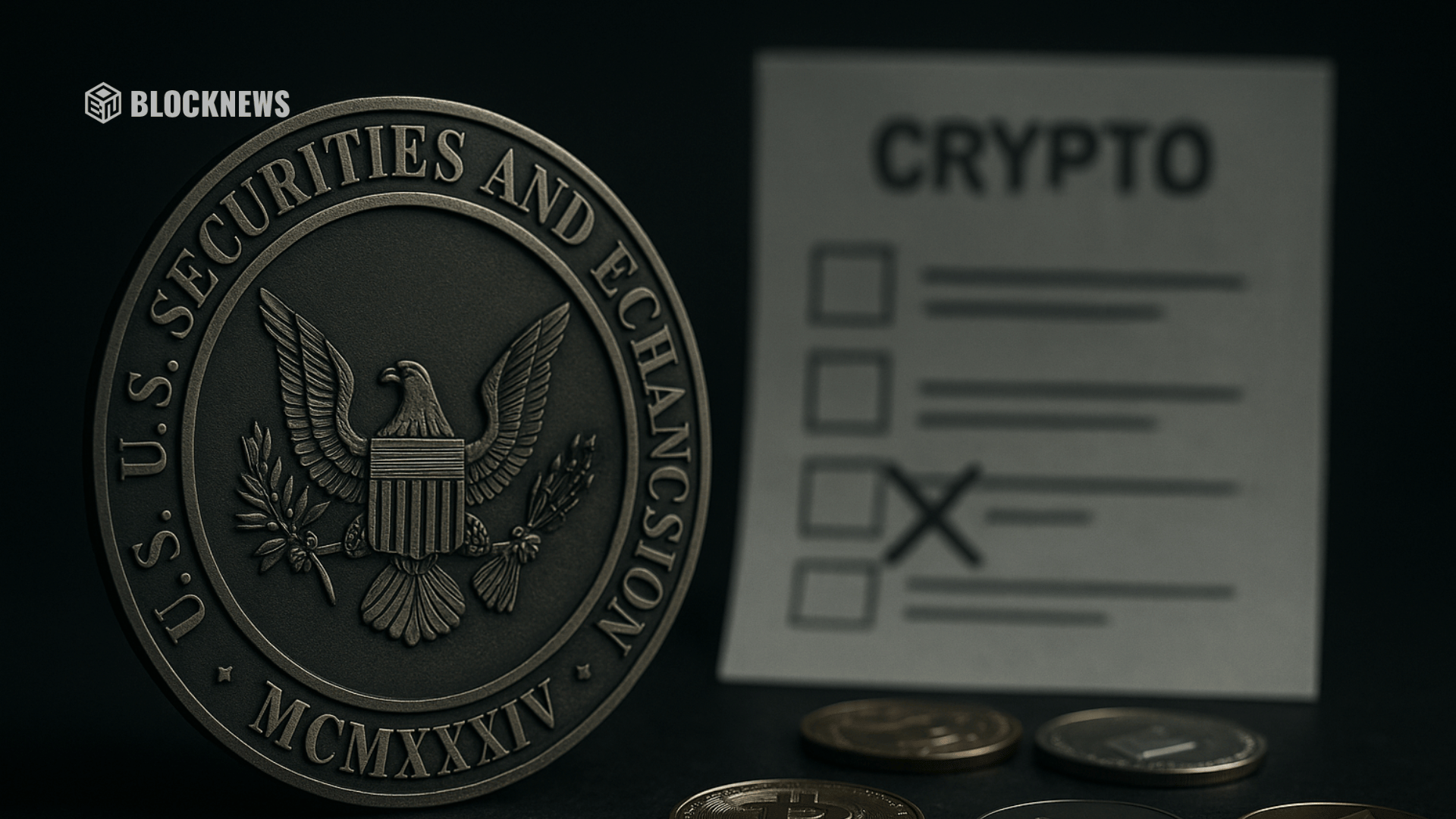- The OCC now allows national banks to hold crypto assets needed to pay blockchain network gas fees.
- Banks can keep tokens like ETH or SOL on their balance sheets for custody operations or customer transactions.
- The ruling reflects a major regulatory shift under the Trump administration’s pro-crypto direction.
The U.S. Office of the Comptroller of the Currency (OCC) has issued a major policy update that finally gives national banks the green light to hold crypto assets needed to pay blockchain network fees. This new ruling, published as Interpretive Letter No. 1186, marks a meaningful shift in how traditional banks can interact with digital assets under the pro-crypto direction of the Trump administration. For the first time, banks can officially keep crypto on their balance sheets specifically for operational use — a move that could accelerate institutional adoption across multiple blockchain ecosystems.

What the New OCC Guidance Allows
The OCC explained that banks are permitted to hold “reasonably foreseeable” amounts of digital assets required to pay gas fees when conducting crypto-related activity. Because most blockchain networks require native tokens to process transactions, banks need those assets to function as custodians or to act on behalf of customers. Under the new GENIUS Act framework for stablecoins, banks are increasingly expected to operate on-chain, and this ruling clears the operational hurdle of paying network fees securely and legally.
In short, a national bank can now maintain ETH for Ethereum fees, SOL for Solana fees, or any protocol token it needs to settle transactions — as long as the purpose is strictly operational.
Why This Shift Matters Right Now
For years, clarity around banks handling crypto assets has been one of the largest regulatory roadblocks. The OCC previously hesitated to allow any form of digital asset custody or balance-sheet exposure. But with the Trump administration pushing aggressively toward a crypto-friendly regulatory environment, the message has changed. OCC head Jonathan Gould, confirmed earlier this year, has spearheaded the move to bring traditional banking deeper into the digital asset economy.
This guidance also complements ongoing inter-agency work — including the Federal Reserve, FDIC, and Treasury — to develop full stablecoin regulations under the GENIUS Act. While those frameworks aren’t finalized yet, the OCC’s ruling provides immediate operational clarity to banks preparing for on-chain financial activity.

The Bigger Picture for Crypto and Banking
Here is the key takeaway: this ruling is one of the clearest signs that U.S. banks are being positioned to interact directly with blockchain networks. It means real on-chain settlement, real token usage, and real infrastructure alignment between traditional finance and digital asset rails. As the regulatory environment shifts toward enabling stablecoins, tokenization, and blockchain-powered financial services, national banks now have explicit permission to keep crypto assets needed to participate. That’s a structural win for the entire industry.














